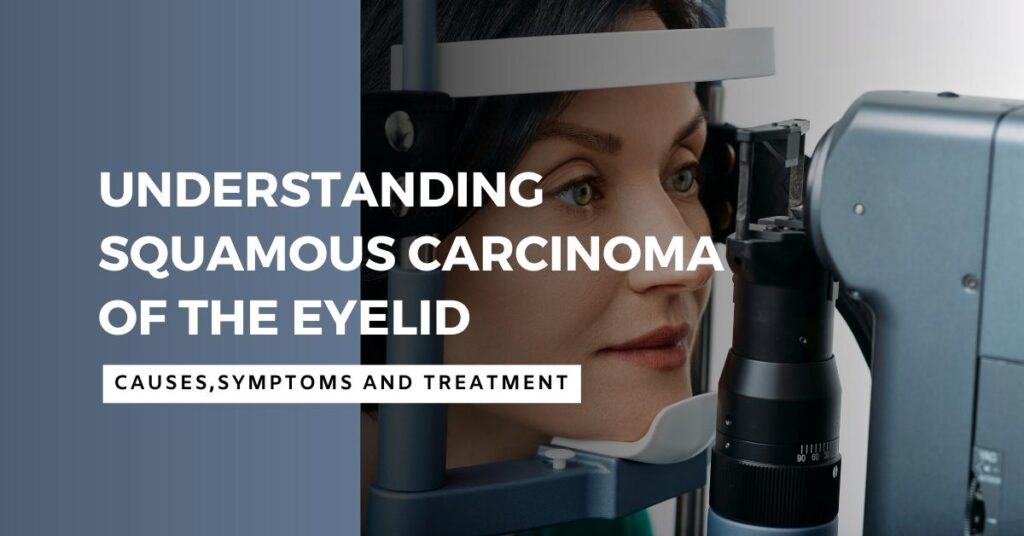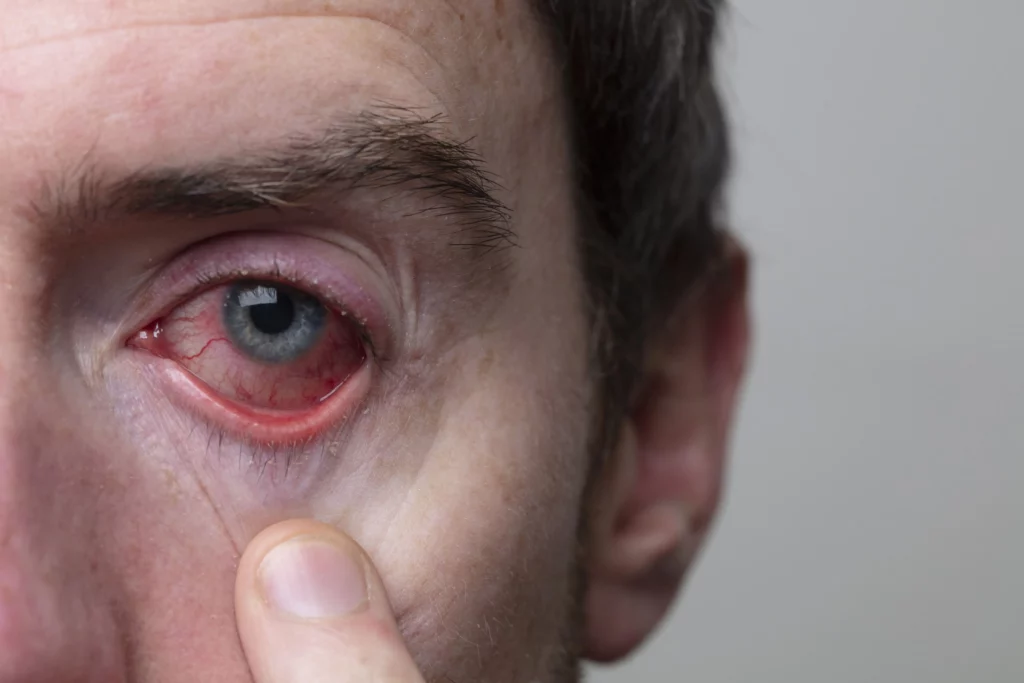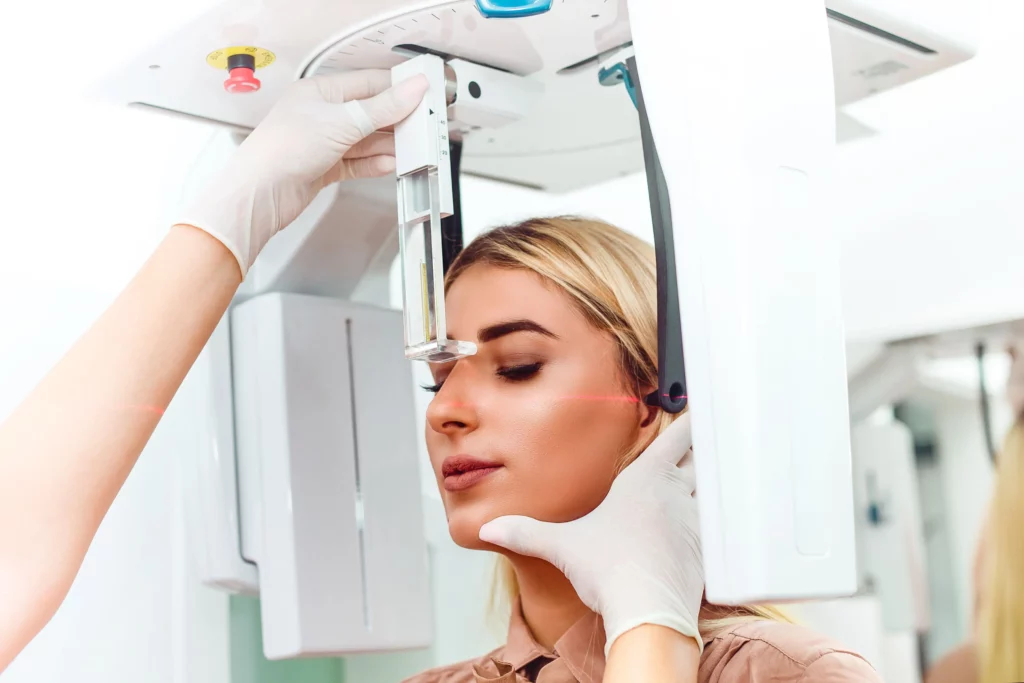Understanding Squamous Carcinoma of the Eyelid: Causes, Symptoms, and Treatment

Introduction:
Squamous cell carcinoma (SCC) is a type of skin cancer that can develop on various parts of the body, including the eyelids. While relatively rare, squamous carcinoma of the eyelid can have significant implications for a person’s ocular health and overall well-being. In this blog, we will traverse through the causes, symptoms, and treatment options for squamous carcinoma of the eyelid, shedding light on this condition and providing valuable insights.

Understanding Squamous Carcinoma of the Eyelid:
Squamous carcinoma of the eyelid typically originates from the squamous cells, which are flat in shape, thin cells found in the epidermis—the outermost layer of the skin. These cells are primarily responsible for providing structural support and protection to the skin. When genetic mutations occur in these cells, uncontrolled growth and division can lead to the formation of cancerous tumors.
Causes and Risk Factors:
The exact causes of squamous carcinoma of the eyelid are not fully understood, but several factors increase the risk of developing this condition. These factors may include:
- Prolonged sun exposure: Chronic exposure to ultraviolet (UV) radiation, primarily from sunlight or tanning beds, is a significant risk factor for developing squamous carcinoma of the eyelid.
- Age and gender: SCC of the eyelid tends to occur more frequently in older individuals, with males being at a slightly higher risk than females.
- Fair skin: People with fair skin, light-coloured hair, and blue or green eyes are generally more susceptible to skin cancers, including squamous carcinoma.
- Previous radiation therapy: Individuals who have received radiation treatment in the past, especially around the eye area, may have an increased risk of developing squamous carcinoma of the eyelid.
Symptoms and Diagnosis:
The following signs and symptoms may primarily indicate the presence of squamous carcinoma on the eyelid:
- Persistent eyelid swelling, redness, or thickening.
- A lump or nodule on the eyelid that doesn’t heal or grows over time.
- Changes in the eyelid skin texture or colour.
- Ulceration or crusting of the eyelid.
- Eyelashes falling out or misdirected growth.
If you notice any of these symptoms, it is crucial to consult an ophthalmologist or a dermatologist for a proper diagnosis. The healthcare professional may perform a biopsy, removing a small sample of the affected tissue for laboratory analysis, to confirm the presence of squamous carcinoma.

Treatment Options:
Treatment for squamous carcinoma of the eyelid depends on various factors, including the tumour size, location, and stage of cancer. Common treatment options may include:
- Surgical excision: This involves removing the tumour along with a margin of healthy tissue to ensure complete removal.
- Mohs micrographic surgery: This specialised surgical technique is often employed for eyelid tumours, as it allows precise removal of cancerous tissue while sparing healthy surrounding structures.
- Cryotherapy: Freezing the tumour with liquid nitrogen to destroy cancer cells.
- Radiation therapy: In some cases, radiation therapy may be recommended to target cancer cells and prevent their growth.
- Chemotherapy or immunotherapy: These systemic treatments may be employed in advanced cases or when cancer has spread to other parts of the body.
Prevention and Follow-up:
Taking proactive measures can help reduce the risk of squamous carcinoma of the eyelid:
- Protect your eyes from harmful UV radiation by wearing sunglasses with UV protection and wide-brimmed hats when outdoors.
- Use broad-spectrum sunscreen with a high sun protection factor (SPF) on the eyelids and surrounding areas.
- Avoid tanning beds and limit sun exposure, especially during peak hours.
- Perform regular self-examinations of the eyelids and promptly report any changes or abnormalities to a healthcare professional.
- If you have a history of previous radiation therapy, ensure regular follow-up visits with your healthcare provider to monitor any potential complications.

Conclusion:
Squamous carcinoma of the eyelid is a relatively rare but serious condition that can have significant implications for ocular health. Understanding the causes, symptoms, and treatment options is crucial in early detection and successful management of this condition. By practising preventive measures and seeking timely medical attention, individuals can reduce their risk and improve their chances of a positive outcome. Regular screenings, self-examinations, and maintaining good eye protection habits can go a long way in safeguarding the health of the eyelids and overall ocular well-being.
Book your appointment now for all eye-related services.
Your Vision Our Focus


